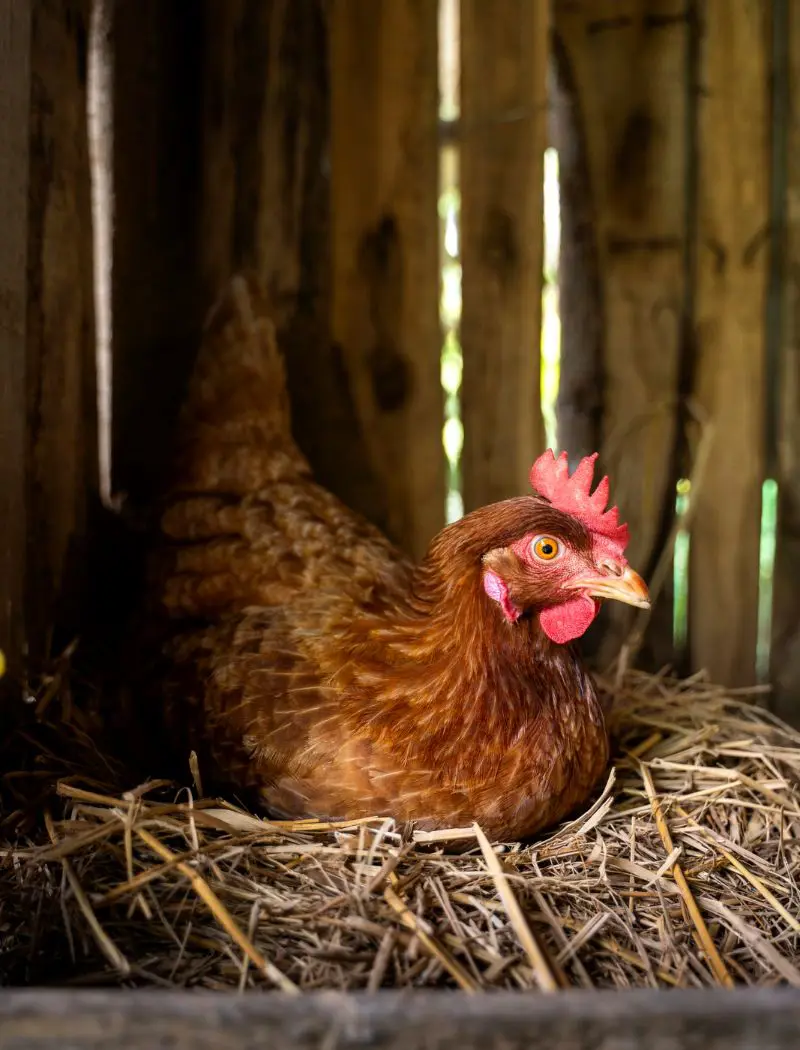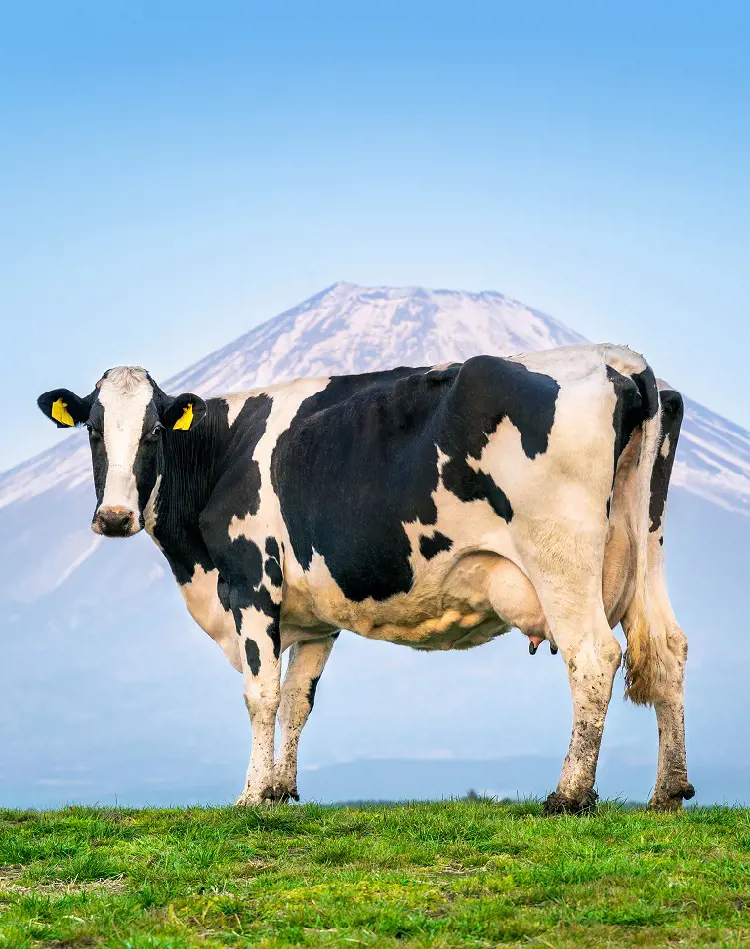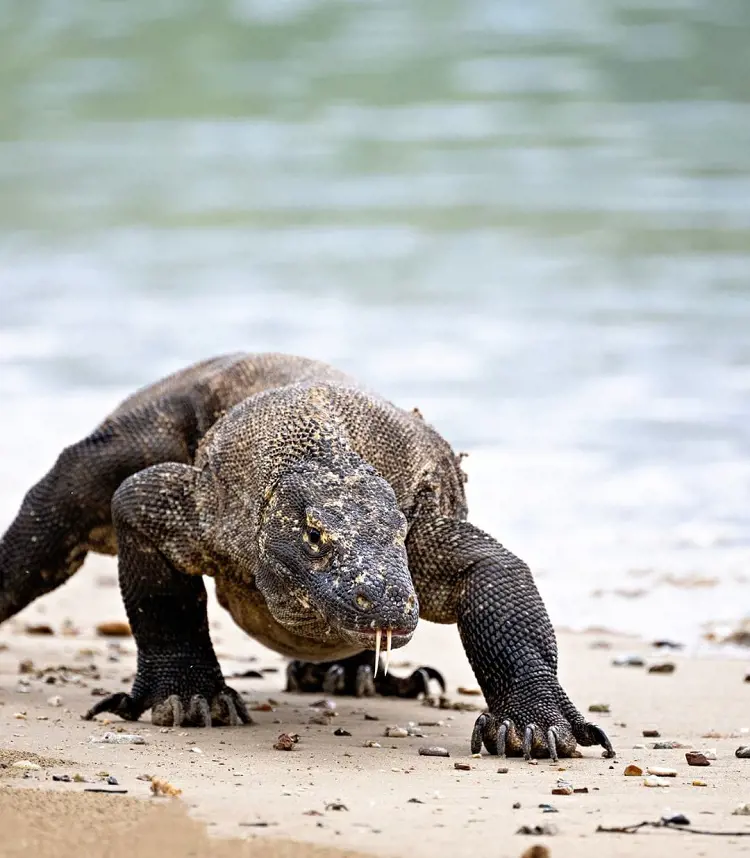11 Most Poisonous Spiders You Should Avoid At Any Cost
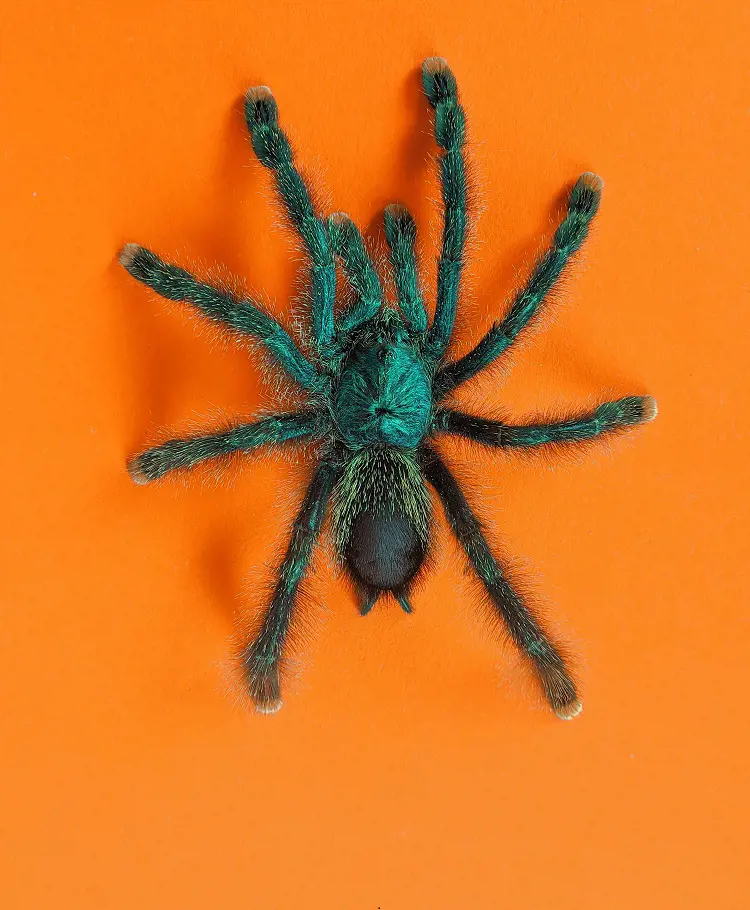
Are you scared of spiders? Well, it turns out your fear might be justified. Even though spiders are much smaller than humans, some can be really dangerous and their bites could even be deadly. But don't worry too much if you walk through a spider web. Not all spiders are that scary. And, if a dangerous spider does bite you, there are better treatments available now.
Before assuming every spider is dangerous, let's get to know some of the spiders that must be avoided. Here's everything you need to know about the spiders you should avoid, from Brazilian wandering spiders to black widows. Here are 11 of the most venomous spiders you should be careful about:
1. Brazilian Wandering Spider
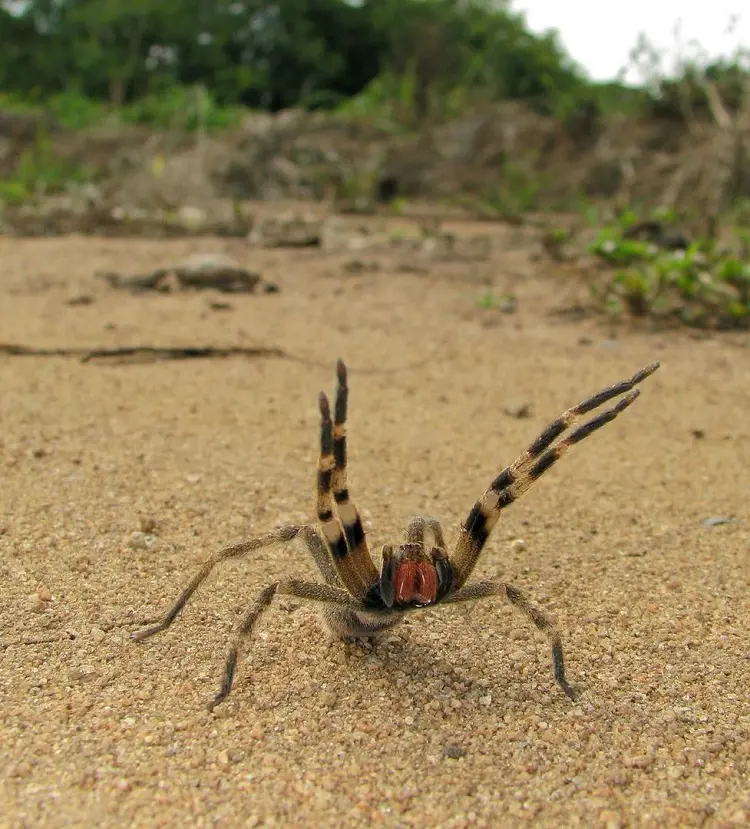
The Brazilian Wandering Spider, scientifically known as Phoneutria, is one of the most venomous spiders globally. Found in South and Central America, it is renowned for its potent neurotoxic venom. Although these spiders are considered dangerous, fatalities from bites are rare.
They are called wandering spiders because they do not build webs; instead, they actively roam the ground at night in search of prey. The venom of the Brazilian Wandering Spider can cause severe pain, muscle spasms, and in some cases, respiratory distress. While their venom is potent, fatalities are uncommon, and advancements in medical treatment, including antivenom, have improved outcomes for those bitten.
2. Sydney Funnel-web Spider
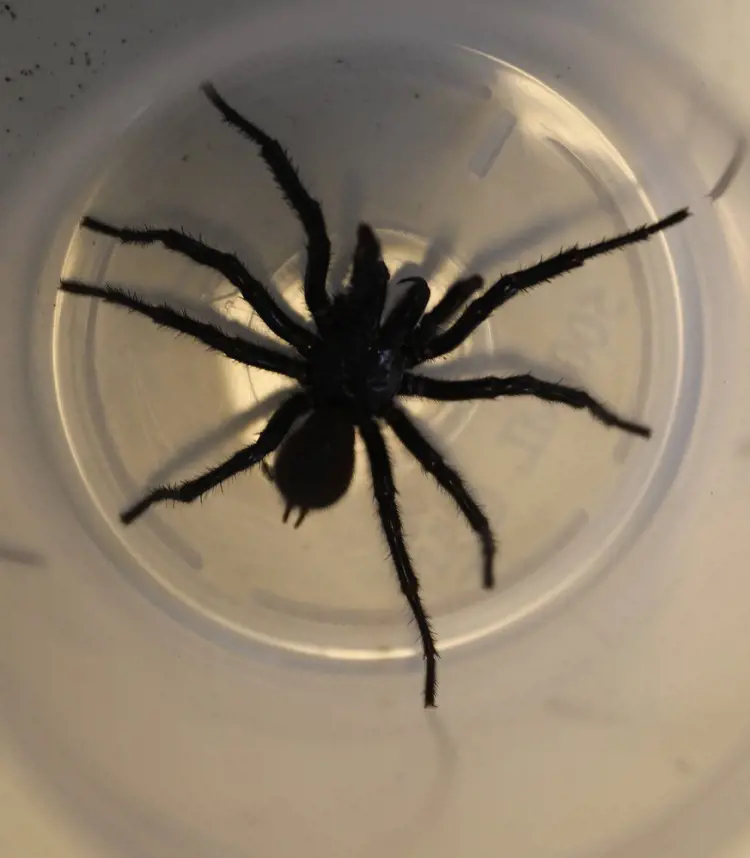
The Sydney Funnel-web Spider is highly venomous and is considered one of the deadliest spiders globally. Native to Australia, particularly in the Sydney region, these spiders are known for their aggressive behavior. Their venom contains a potent neurotoxin that can lead to severe symptoms, including muscle spasms, respiratory failure, and, in extreme cases, death.
The male Sydney Funnel-web Spider is particularly venomous, and its bite can be life-threatening, especially to children. Prompt medical attention is crucial if bitten, and antivenom is available to counteract the effects of the venom, significantly improving the chances of recovery. Despite their toxicity, fatalities from Sydney Funnel-web Spider bites are extremely rare due to effective medical interventions.
3. Redback Spider

The Redback Spider scientifically known as Latrodectus hasselti is a venomous arachnid native to Australia. It belongs to the widow spider family and is closely related to the infamous Black Widow Spider. The female Redback, identified by its distinctive red stripe on the upper abdomen, carries potent neurotoxic venom.
While the bites can cause severe pain, muscle weakness, nausea, and other symptoms, fatalities are rare due to the availability of antivenom. The male Redback is smaller and less venomous than the female. Despite their potential danger, Redback Spiders are not usually aggressive, and encounters with humans are infrequent. Awareness and caution help mitigate the risks associated with these spiders.
4. Black Widow Spider
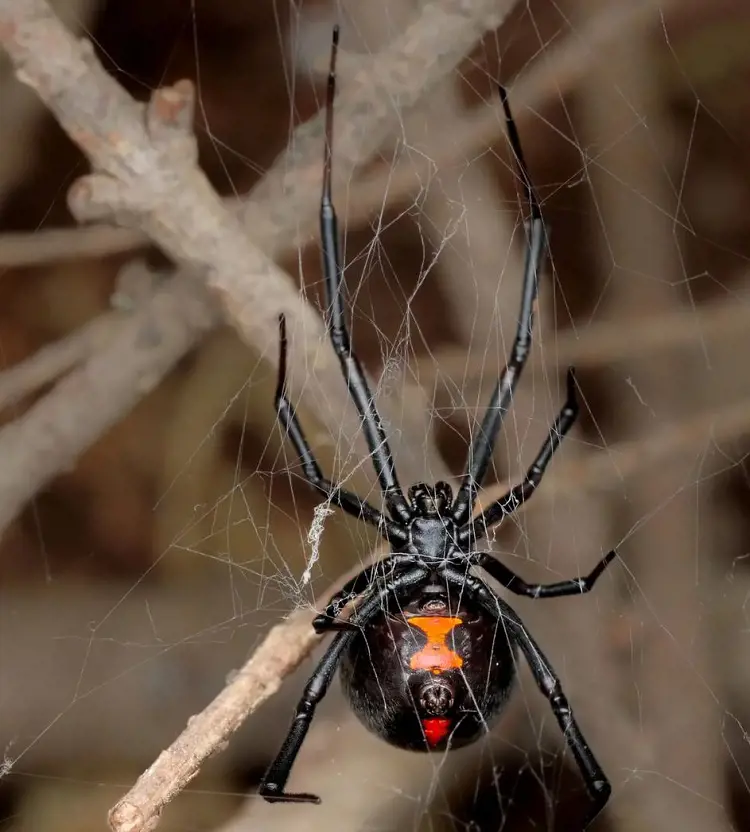
Another list of the deadliest spiders is the Black Widow Spider. They are found worldwide, with several species identified. Characterized by their shiny black color and distinctive red hourglass-shaped mark on the abdomen, female Black Widows are more venomous than males. Their venom contains neurotoxins that can cause severe pain, muscle cramps, and, rarely, systemic reactions.
Despite their reputation, fatalities are uncommon, and prompt medical attention can effectively treat bites. Black Widows are known for their distinctive cobweb-like silk webs, where they capture prey. These spiders are generally non-aggressive but may bite if they feel threatened. Understanding and respecting their habitats contribute to minimizing potential human encounters and bites.
5. Brown Recluse Spider
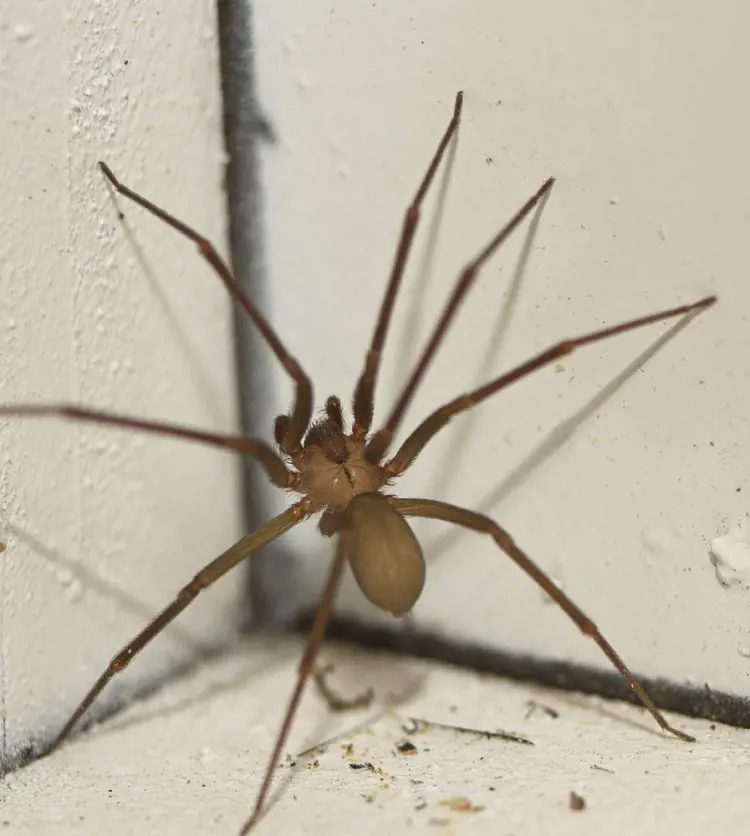
The Brown Recluse Spider is like a mysterious artist among spiders, with a violin-shaped mark on its body. Living in North America, it's a shy creature that hides in dark places. Even though it's not into picking fights, its bite can cause some serious skin trouble.
It's like a little secret in the corners of our world, teaching us to appreciate the hidden beauty in unexpected places. So, while it's not a spider you want to mess with, it's a reminder that even the small and quiet things in nature have their own interesting stories to tell. Just let them be, and they'll add a touch of mystery to the world around us.
6. Six-eyed Sand Spider
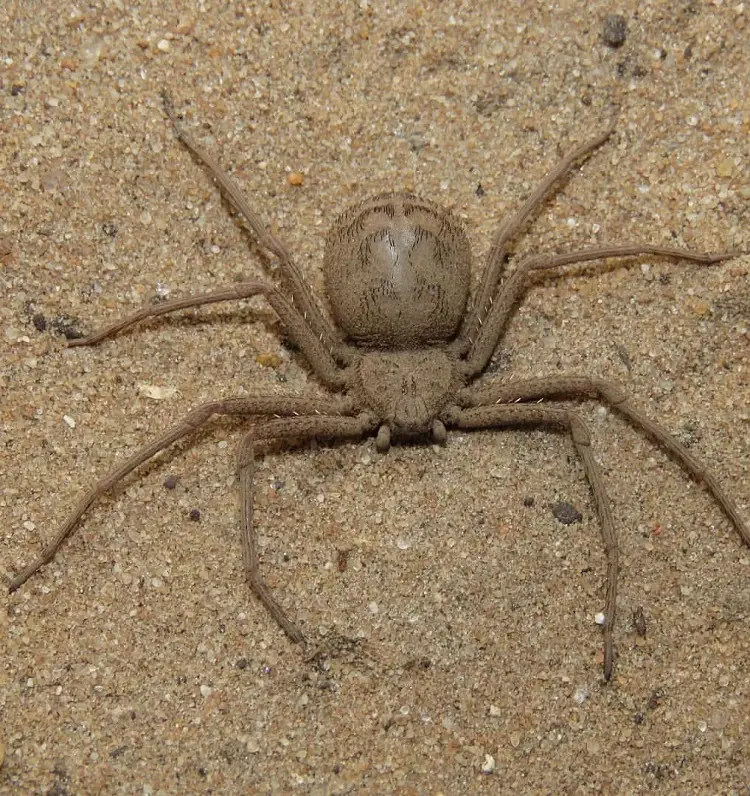
A fascinating yet potentially dangerous spider, six- eyes is found in the deserts of southern Africa. Known for its distinctive appearance, this spider has six eyes arranged in three pairs. Despite its small size, the Six-eyed Sand Spider possesses a venomous bite that can be quite harmful, causing tissue necrosis and other severe symptoms.
Its hunting strategy involves burrowing in the sand, waiting for prey to pass by, and then ambushing with a swift strike. These spiders are elusive and not commonly encountered by humans due to their habitat preferences. It's crucial for those residing in regions where Six-eyed Sand Spiders are found to be aware of their presence and exercise caution to avoid potentially harmful interactions.
7. Mouse Spider
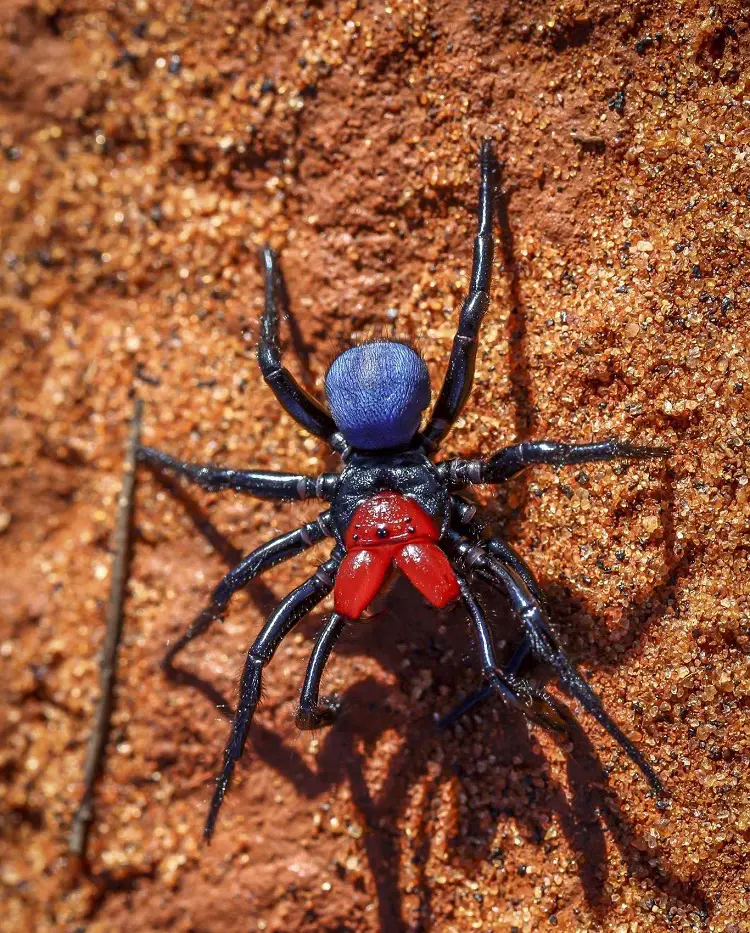
The Mouse Spider is also a venomous spider that is found in Australia, named for its burrowing behavior and mouse-like appearance. While not typically aggressive, the male Mouse Spider possesses potent venom that can be harmful to humans. Bites may cause local pain, nausea, and in rare cases, severe symptoms.
The venom, however, is not known to be lethal. Identifying features include a glossy, robust body and short, stocky legs. Mouse Spiders are ground-dwelling hunters, preying on insects. Despite their potential danger, human encounters are infrequent due to their burrowing habits. While caution is advised, fatalities from Mouse Spider bites are extremely rare, and prompt medical attention can effectively manage symptoms.
8. Hobo Spider
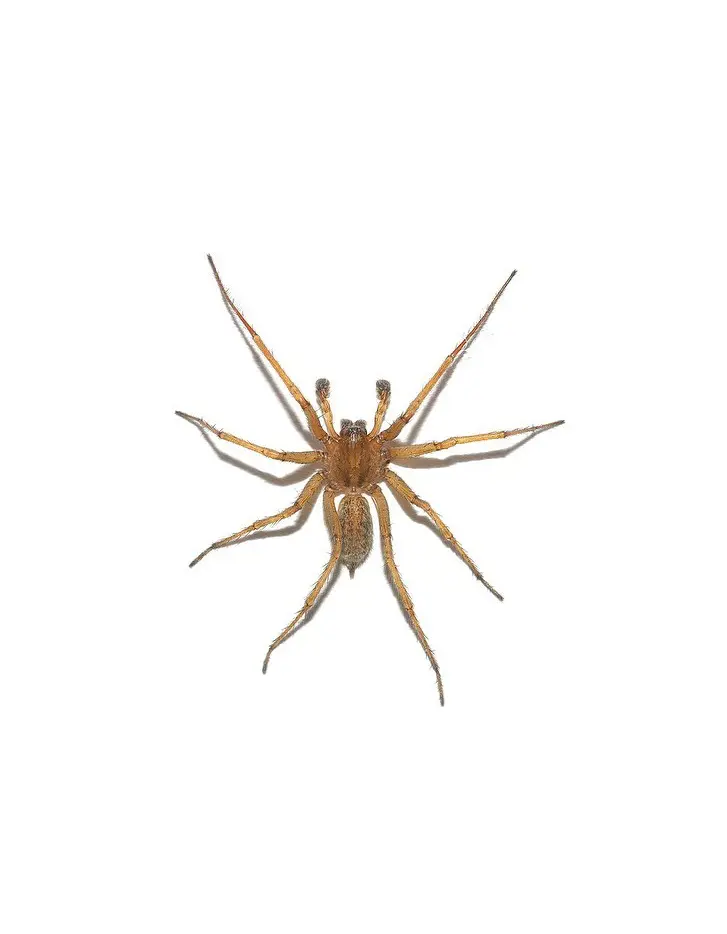
The Hobo Spider is a funnel-weaving spider found in the Pacific Northwest of the United States. Recognizable by its brown color and distinctive funnel-shaped webs, it prefers cool, damp environments. While it has a reputation for aggression, it typically only bites when provoked. Hobo Spider bites may cause mild tissue necrosis, but severe reactions are rare.
To avoid encounters, keep living spaces clean, remove clutter, and seal entry points. If you come across a hobo spider, use caution and avoid handling it. Educating oneself about their habitats and employing preventive measures reduces the likelihood of bites and fosters coexistence with these arachnids.
9. Yellow Sac Spider
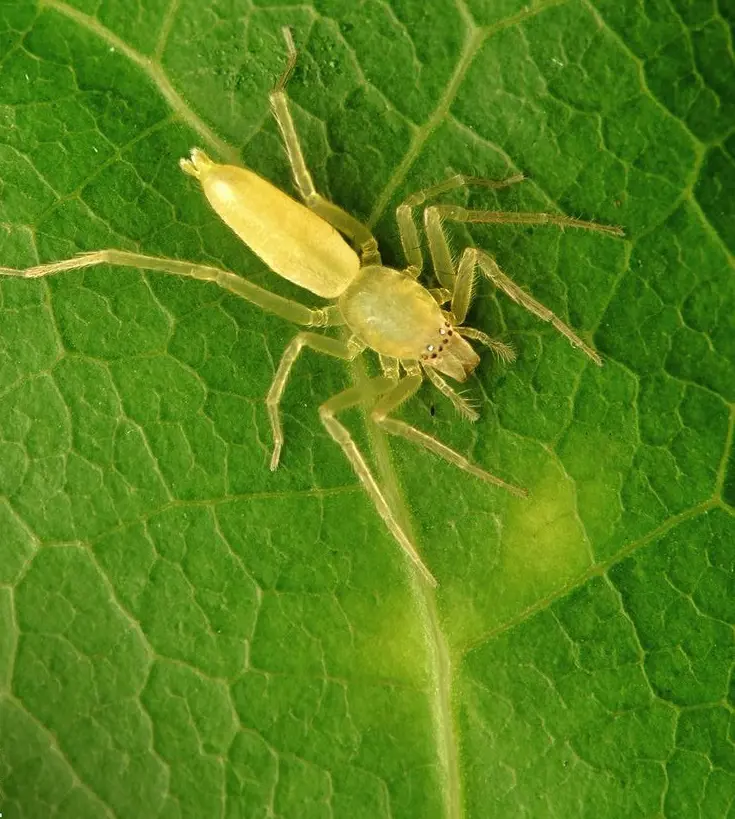
Scientifically known as Cheiracanthium, the yellow sac spider is a small, pale-yellow in color and found worldwide. Characterized by its sac-like silk retreats, these spiders are nocturnal hunters, seeking insects for prey. They are generally non-aggressive but may bite if provoked or trapped against the skin.
Bites from the Yellow Sac Spider can cause local redness, swelling, and mild pain, with symptoms typically resolving on their own. Severe reactions are rare, and fatalities are not associated with their bites. While their venom contains cytotoxins, which can cause tissue damage, medical attention is usually unnecessary unless an allergic reaction occurs. Understanding their habits and taking precautions can minimize the risk of bites.
10. Indian Ornamental Tree Spider

Belonging to the Poecilotheria genus, the Indian ornamental tree spider is a stunning but potentially dangerous arboreal tarantula native to India and Sri Lanka. Recognized for its vibrant coloration and intricate patterns, it boasts striking blue and yellow hues. While these spiders are popular in the pet trade, they are not commonly found in homes.
Their arboreal nature means they prefer tree-dwelling habitats. To avoid encounters, keep living spaces clean, seal entry points, and be cautious when handling stored items. While their venom is potent and bites can cause discomfort, fatalities are rare. Responsible pet ownership and cautious behavior reduce the risk of interactions with the Indian Ornamental Tree Spider.
11. Funnel-web Spiders
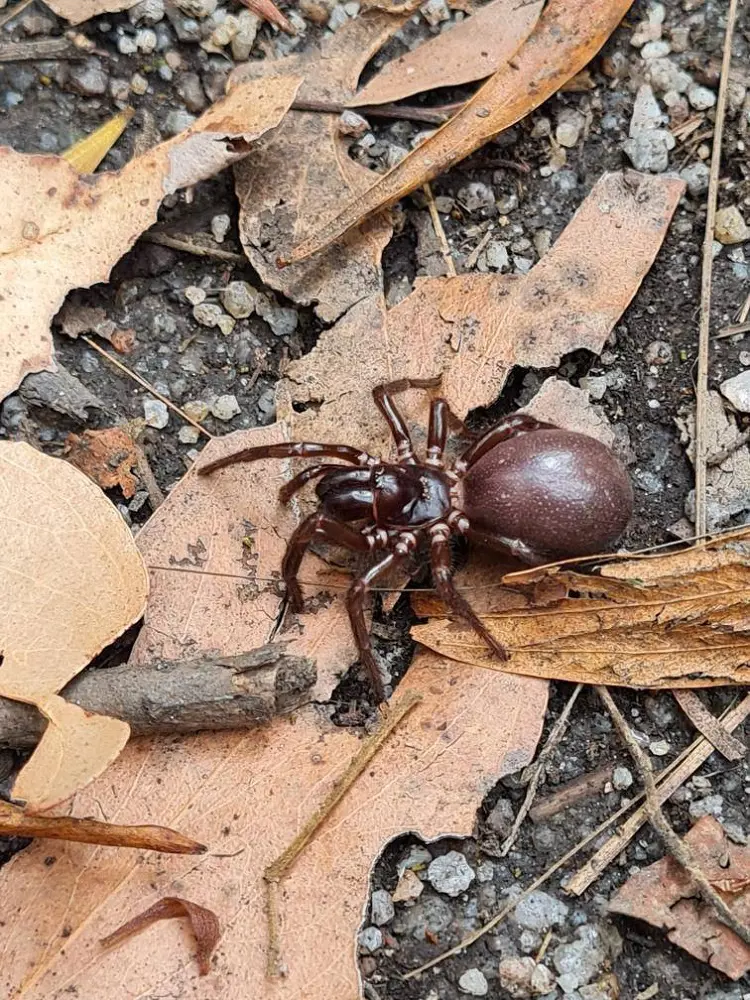
Funnel-web spiders belong to the Hexathelidae family, with species like the Sydney Funnel-web being notorious for their potent venom. These spiders typically have a shiny, dark color and can range from medium to large sizes, with leg spans reaching up to a few inches. The Sydney Funnel-web, for instance, is black with a glossy appearance.
Bites from certain Funnel-web spiders can be serious, causing symptoms such as severe pain, muscle spasms, and, in rare cases, respiratory failure. Immediate medical attention is crucial. Anti-venom is available and has proven effective in treating Funnel-web spider bites. Avoidance, awareness, and prompt medical care are essential for dealing with these potentially dangerous arachnids.
Recent posts
Animals
20 Egg Laying Hens For Your Backyard Gardens
When it comes to raising chickens, it's all about the breed because this makes or breaks your fresh egg supply. Productivity, temperament, and adaptability differ from breed to breed when it comes to being raised in backyards. Below, we discuss the 1...
20 Chicken Breeds That Will Make Your Backyard Flock Cluck
There are various chicken breeds that you can add to your backyard. They have unique features and maturity that make them different from each other. It is important to understand their features and temperament so that they fit your needs and pr...
15 Most Venomous Snakes You Should Fear
Snakes are animals without legs, and they are cold-blooded reptiles. There are over 3,900 types of snakes found worldwide, except in Antarctica and certain distant islands. Most of them are non-venomous, but a small number of them have strong toxins ...
20+ Popular Cow Breeds In America
Cattle ranching is a crucial part of America's ranching history, with cowboys or cattlemen being essential to the early economy. They played a key role in driving the growth of railroads, towns, and international trade. While not as adventurous as be...
20 Best Pet Duck Breeds For Your Backyards
If you're considering adding a feathered friend to your backyard, a pet duck might just be the perfect choice. Not only are ducks adorable and entertaining to watch, but they also make great companions. However, with numerous duck breeds to choose fr...
23 Most Dangerous Animals To Keep Your Distance From
In the animal world, some creatures are fascinating yet dangerous. From deep oceans to thick jungles, nature has made animals that demand our respect and caution. This list talks about 23 such animals, reminding us to stay away and be alert. Whether ...

